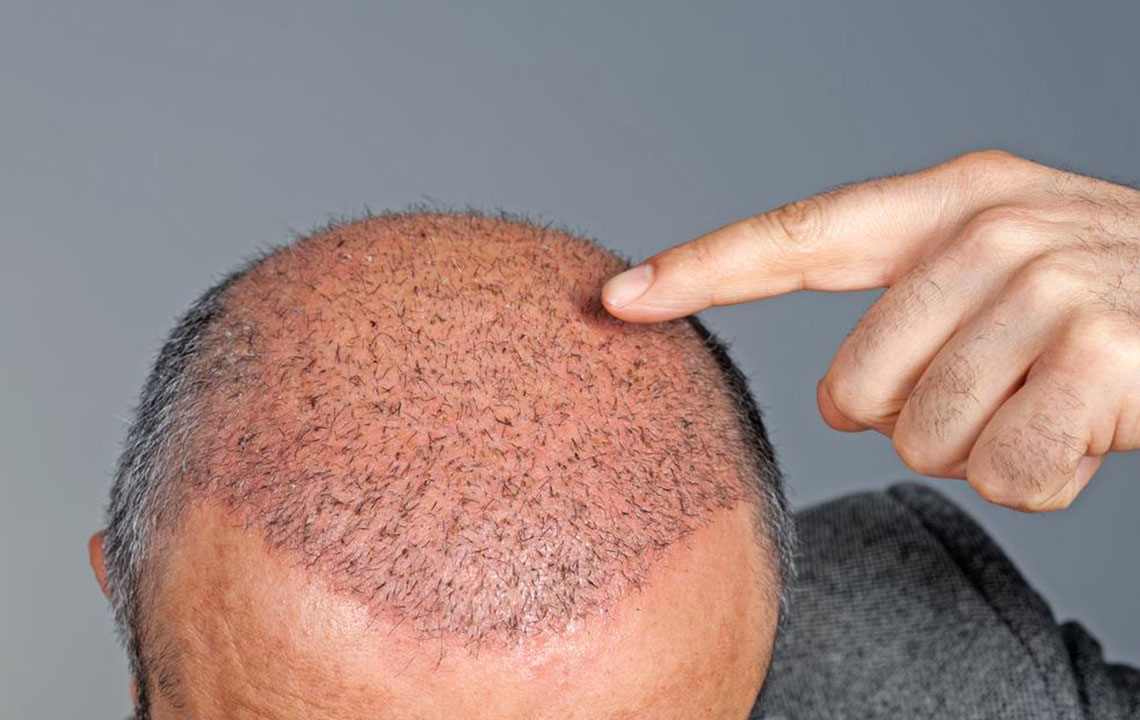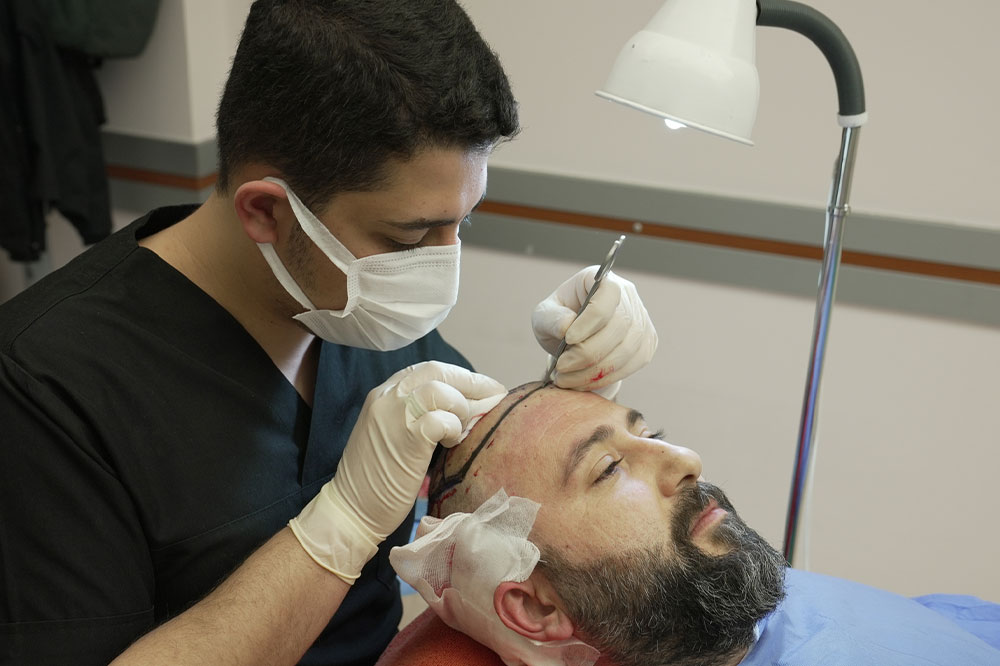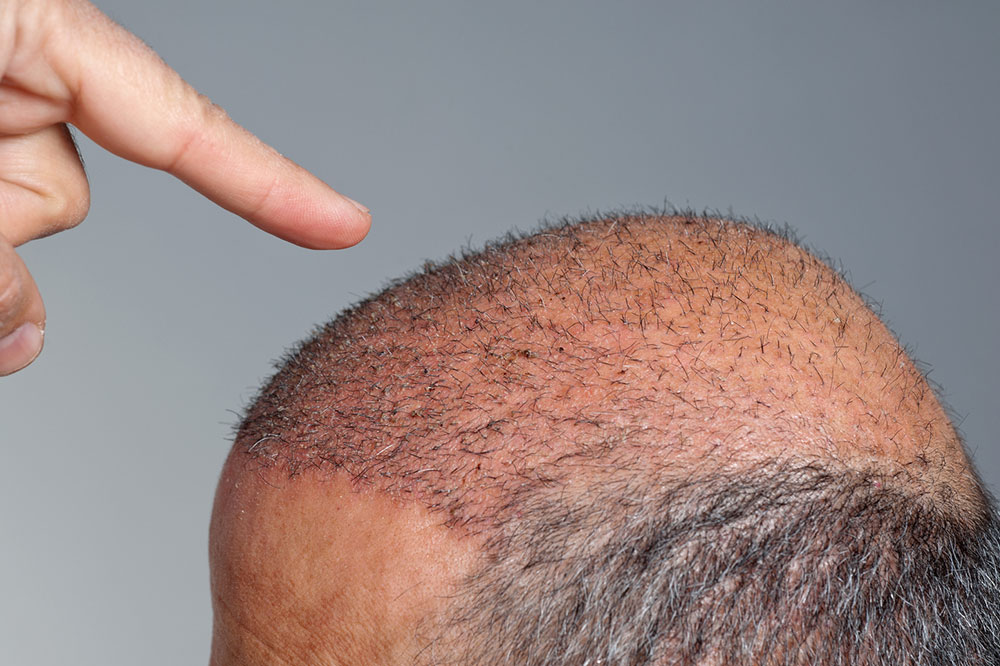Comprehensive Guide to Hair Restoration Surgery: Techniques, Benefits, and Expert Selection
This comprehensive guide explores various hair restoration surgery options such as FUE and FUT, highlighting their benefits, costs, and recommendations for choosing the right specialist. Learn how these procedures provide natural, permanent solutions to hair loss, along with tips for successful outcomes and expert selection, making it an essential resource for anyone considering hair transplantation.

Comprehensive Guide to Hair Restoration Surgery: Techniques, Benefits, and Expert Selection
Hair loss, particularly among men, can significantly affect self-esteem, personal appearance, and overall confidence. It’s a common issue that impacts millions worldwide, and advances in medical technology have made hair restoration surgeries more accessible and effective than ever before. According to recent studies, approximately 85% of men will experience some degree of hair thinning or baldness during their lifetime, while women are also affected, with around 55% encountering hair loss issues at some stage. These figures highlight the importance of understanding available solutions, especially surgical options, for those seeking to restore their hair and improve their appearance. Among these options, hair restoration surgery stands out as an enduring solution that offers natural-looking results. This procedure involves relocating healthy hair follicles from dense areas of the scalp to regions experiencing baldness or thinning. The primary goal is to create a seamlessly natural appearance that can boost confidence and improve overall quality of life.
Types of Hair Restoration Techniques
The two main surgical techniques employed worldwide are Follicular Unit Extraction (FUE) and Follicular Unit Transplantation (FUT). Understanding the differences, advantages, and potential drawbacks of each method allows individuals to make well-informed decisions tailored to their needs, budget, and hair loss pattern.
1. Follicular Unit Extraction (FUE)
This minimally invasive procedure is widely preferred for its remarkable results and minimal scarring. In FUE, each hair follicle unit is carefully extracted individually from the donor area—usually the back or sides of the scalp—using a tiny punch tool, typically less than 1mm in diameter. The process involves numbing the donor site with local anesthesia to ensure patient comfort. Once the follicular units are extracted, they are meticulously implanted into small incisions created in the balding areas. The procedure can be performed manually or with the aid of advanced robotic systems, which enhance precision and reduce the risk of damage to the follicles.
One of the key benefits of FUE is the rapid recovery period. Patients often resume normal activities within a few days, and because each follicle is extracted individually, there are no linear scars—only tiny dot scars that may be barely visible or concealed easily. The quality of grafts is high, resulting in a natural hair pattern and density. The cost for FUE varies based on the number of grafts, but typically, the price for approximately 2000 grafts hovers around €3,000. For those prioritizing minimal scarring and quick recovery, FUE offers an excellent balance of efficiency and aesthetic outcomes.
2. Follicular Unit Transplantation (FUT)
FUT, often referred to as the strip method, involves surgically removing a narrow strip of scalp tissue from the donor area—usually the back of the head. Under local anesthesia, the surgeon carefully excises a strip, after which the wound is closed with stitches, leaving a linear scar that is usually almost invisible once healed. The excised strip is then examined under a microscope where individual follicular units are dissected and prepared for transplantation.
This technique tends to be more cost-effective, with an average expense of around €2,400 for a typical procedure. FUT generally allows for the harvesting of a larger number of grafts in a single session, making it suitable for individuals with extensive hair loss or those seeking a fuller result in a single surgery. The harvested follicles are implanted into the balding regions, creating a natural appearance that can seamlessly blend with existing hair. The scar resulting from FUT might require proper camouflage or hair styling to be less noticeable, particularly if a shorter hairstyle is preferred.
Benefits of Hair Restoration Surgery
Regardless of the method chosen, surgical hair restoration offers numerous compelling benefits that make it a preferred solution for many individuals experiencing hair loss:
Persistent and Permanent Results: Unlike temporary options like wigs or topical treatments, surgical transplants provide lasting results. The transplanted follicles are taken from areas resistant to hair loss (often the back or sides of the scalp) and tend to keep growing for a lifetime, addressing the root cause of baldness.
Minimal Maintenance Requirements: Post-operation, the upkeep is relatively straightforward. The transplanted hair acts like natural hair, requiring standard hair care routines without special shampoos or ongoing treatments to maintain density.
Natural Aesthetic Appearance: The meticulous placement of follicles ensures that outcomes look authentic. Transplanted hair seamlessly blends into existing hairlines, making it undetectable that a procedure has been performed, unlike artificial options such as extensions or wigs.
Enhanced Hair Density and Thickness: The procedure not only fills bald patches but also improves overall hair volume. This results in a healthier, thicker appearance, boosting confidence and overall facial aesthetics.
How to Select a Qualified Hair Transplant Specialist
Choosing the right expert plays a crucial role in ensuring successful and satisfying results from hair restoration surgery. Here are essential tips to guide you in selecting a reputable and skilled specialist:
Verify Credentials and Experience: Ensure your surgeon holds relevant postgraduate qualifications in dermatology or plastic surgery, with specialized training and significant experience in hair restoration procedures. The right qualifications often translate into higher procedural success rates.
Initial Consultation and Personal Assessment: Schedule an in-depth consultation to discuss your specific hair loss pattern, expectations, and concerns. During this visit, inquire about the available techniques (FUE or FUT), potential side effects, recovery process, and costs. A thorough evaluation helps in aligning your goals with the most suitable approach.
Compare Pricing and Service Packages: Don’t settle for the cheapest option; instead, compare prices across clinics, considering their reputation, feedback, and success rates. Ensure transparency in costs, including post-operative care, medications, and follow-up sessions.
Review Testimonials and Patient Feedback: Look for reviews on reputable platforms or seek personal recommendations from those who have undergone similar procedures. Positive feedback and high success ratings are indicators of a clinic’s reliability and expertise.
Assess Clinic Facilities and Technology: Verify that the clinic maintains high standards in hygiene, cleanliness, and modern technology. State-of-the-art equipment can significantly impact the quality of the procedure and outcomes.
Conclusion: Making an Informed Decision for Hair Restoration
Opting for a hair transplant is a significant decision that can dramatically improve your appearance and self-confidence. Understanding the different types of procedures, their respective benefits, and potential risks helps you prepare better and choose the most suitable option. Selecting a qualified, experienced surgeon is paramount to achieving natural-looking, enduring results. Furthermore, proper aftercare, patience, and realistic expectations play vital roles in the success of your hair restoration journey. With careful planning and expert guidance, regaining a full, healthy head of hair is an achievable and rewarding goal, transforming not just your look but also your confidence and overall well-being.





